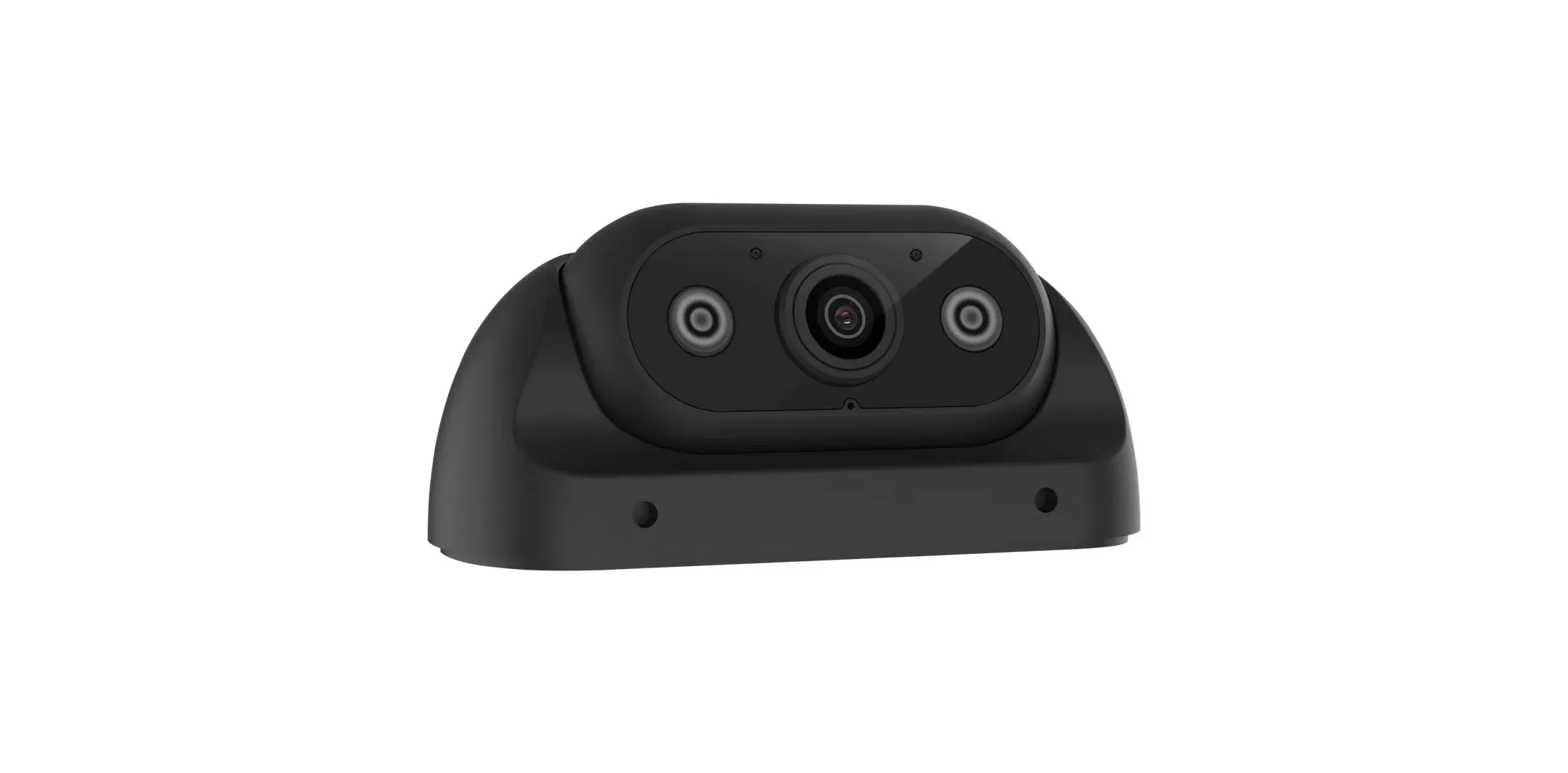Enhancing Forklift Safety with Advanced Camera Solutions
The modern warehouse environment demands increasingly sophisticated safety measures, and wireless front parking cameras have emerged as a game-changing solution for forklift operations. These advanced visual aids are transforming the way operators navigate through tight spaces, handle materials, and maintain workplace safety standards. As facilities grow more complex and efficiency requirements increase, the integration of wireless front parking cameras has become not just a luxury, but a crucial safety investment.
In today's fast-paced industrial settings, forklift operators face numerous challenges that can impact both productivity and safety. Limited visibility, blind spots, and the need for precise maneuvering make their jobs particularly demanding. The wireless front parking camera addresses these challenges head-on, providing real-time visual feedback that enables operators to work with greater confidence and accuracy.
Advanced Features of Modern Wireless Camera Systems
High-Definition Visual Clarity
Modern wireless front parking camera systems offer exceptional visual quality that surpasses traditional monitoring solutions. With high-definition displays and advanced image sensors, these cameras provide crystal-clear views even in challenging lighting conditions. The superior resolution ensures that operators can distinguish fine details and accurately gauge distances, making precise movements safer and more efficient.
The latest camera technology includes features like automatic brightness adjustment and anti-glare capabilities, ensuring consistent visibility throughout different times of the day and varying warehouse conditions. This enhanced visual clarity significantly reduces the risk of accidents and improves overall operational efficiency.
Reliable Wireless Connectivity
The wireless transmission capabilities of these camera systems have evolved significantly, offering stable and interference-free connections. Modern wireless front parking cameras utilize advanced signal processing to maintain consistent video feeds, even in environments with multiple wireless devices and potential interference sources.
The elimination of physical cables not only simplifies installation but also reduces maintenance requirements and potential points of failure. This wireless functionality allows for greater flexibility in camera placement and easier system upgrades when needed.
Operational Benefits and Safety Improvements
Enhanced Maneuverability in Tight Spaces
One of the primary advantages of implementing a wireless front parking camera is the dramatic improvement in maneuverability. Operators gain an unobstructed view of previously blind areas, allowing them to navigate through narrow aisles and crowded spaces with greater precision. This enhanced visibility significantly reduces the risk of collisions with storage racks, inventory, or other equipment.
The camera's strategic positioning provides operators with crucial visual information for both forward and reverse operations, enabling them to make more informed decisions while maneuvering in confined spaces. This improved spatial awareness leads to fewer accidents and reduced damage to goods and infrastructure.
Increased Productivity and Efficiency
Beyond safety improvements, wireless front parking cameras contribute significantly to operational efficiency. Operators can work more confidently and at a steadier pace, knowing they have complete visibility of their surroundings. This confidence translates into smoother operations and faster task completion times.
The reduced need for spotters or multiple positioning attempts means that tasks can be completed more quickly and with fewer resources. This efficiency gain directly impacts the bottom line through improved productivity and reduced operational costs.

Installation and Integration Considerations
Professional Setup Requirements
While wireless front parking cameras offer significant advantages, proper installation is crucial for optimal performance. Professional installation ensures correct positioning, secure mounting, and proper integration with existing forklift systems. Technicians can calibrate the camera angles and display positions to match specific operational requirements and operator preferences.
The installation process includes careful consideration of factors such as signal strength, potential interference sources, and environmental conditions that might affect camera performance. Professional installers can also provide valuable training to operators on system usage and maintenance.
Maintenance and System Updates
Regular maintenance of wireless front parking camera systems is essential for consistent performance and longevity. This includes routine cleaning of camera lenses, checking wireless signal strength, and ensuring all mounting hardware remains secure. Modern systems often feature diagnostic capabilities that help identify potential issues before they affect performance.
Software updates and system calibration should be performed periodically to maintain optimal functionality and take advantage of new features or improvements. A well-maintained camera system ensures reliable operation and maximum return on investment.
Frequently Asked Questions
How does weather affect wireless front parking camera performance?
Modern wireless front parking cameras are designed to operate effectively in various weather conditions. They typically feature weather-resistant housings and anti-fogging technology. However, extreme conditions may temporarily impact image quality, so regular maintenance and cleaning are essential for optimal performance.
What is the typical battery life for wireless camera systems?
Most wireless front parking cameras are powered by the forklift's electrical system, eliminating the need for separate batteries. In cases where battery-powered components are used, modern systems typically offer extended operation times of 8-12 hours on a single charge, matching standard shift durations.
Can wireless cameras be integrated with existing forklift safety systems?
Yes, most wireless front parking cameras are designed to work seamlessly with other safety systems. They can be integrated with existing warning systems, telematics, and fleet management solutions. This integration enhances overall safety features and provides comprehensive monitoring capabilities.


